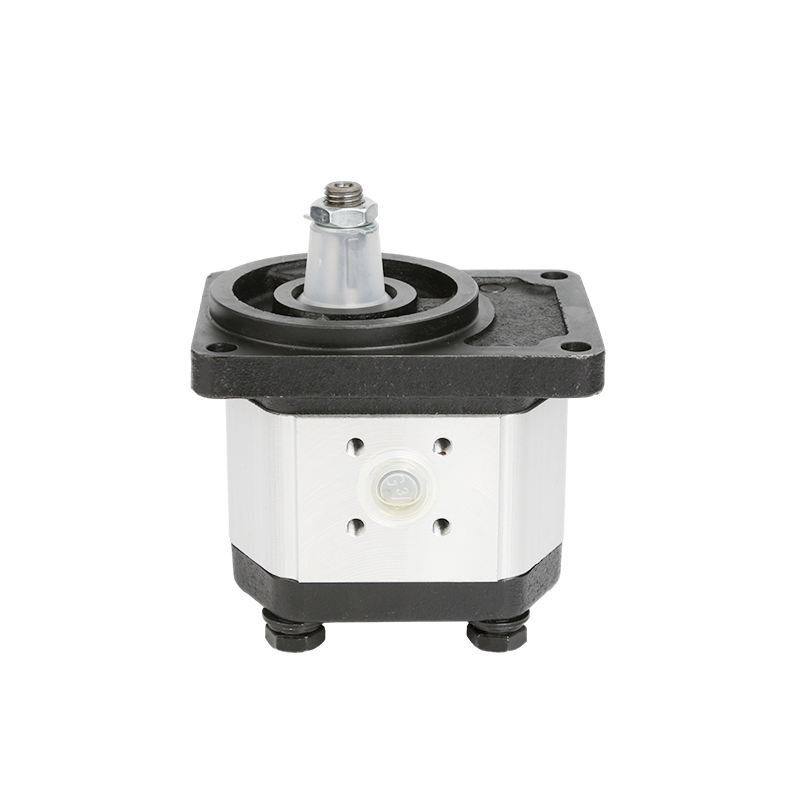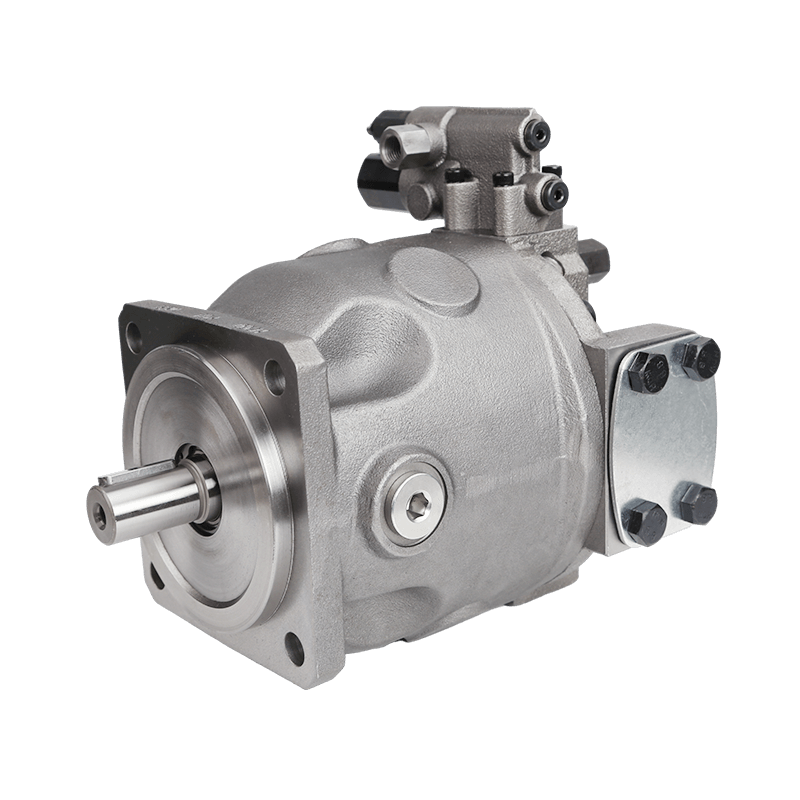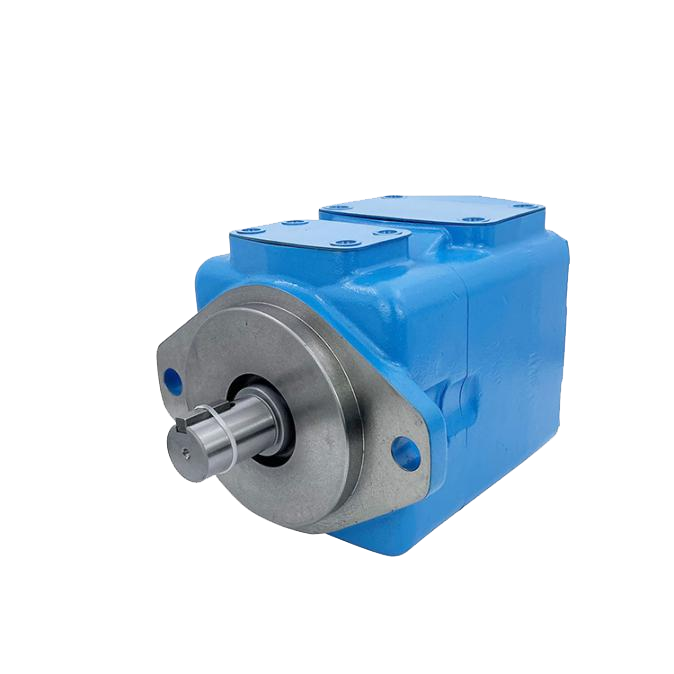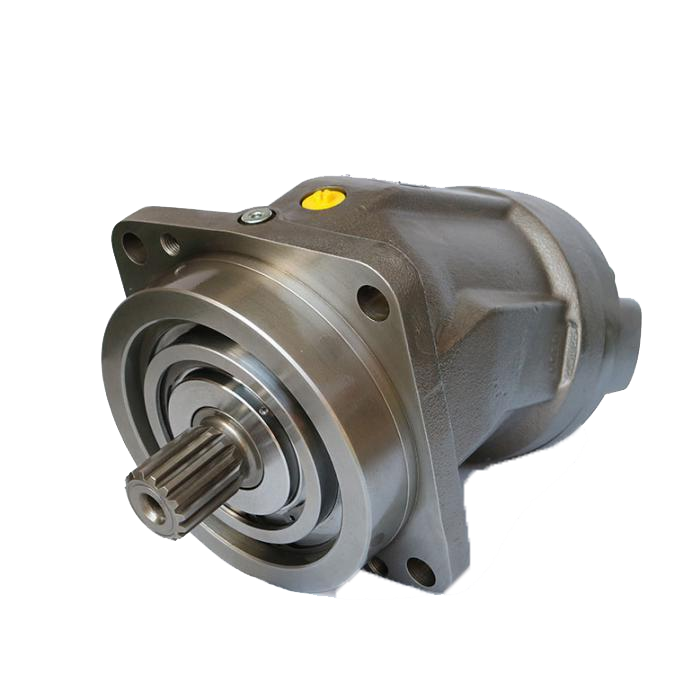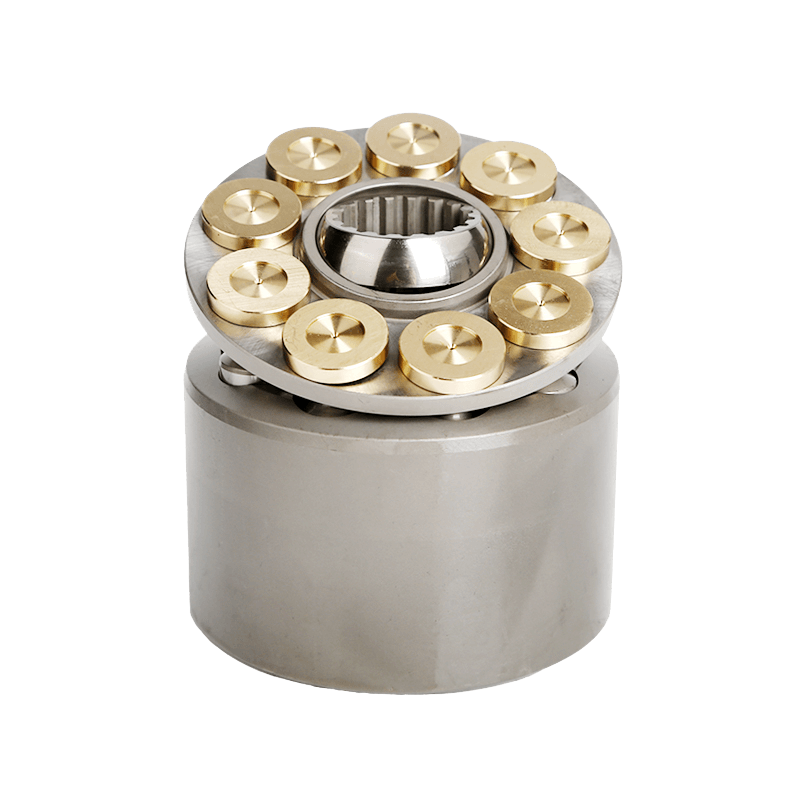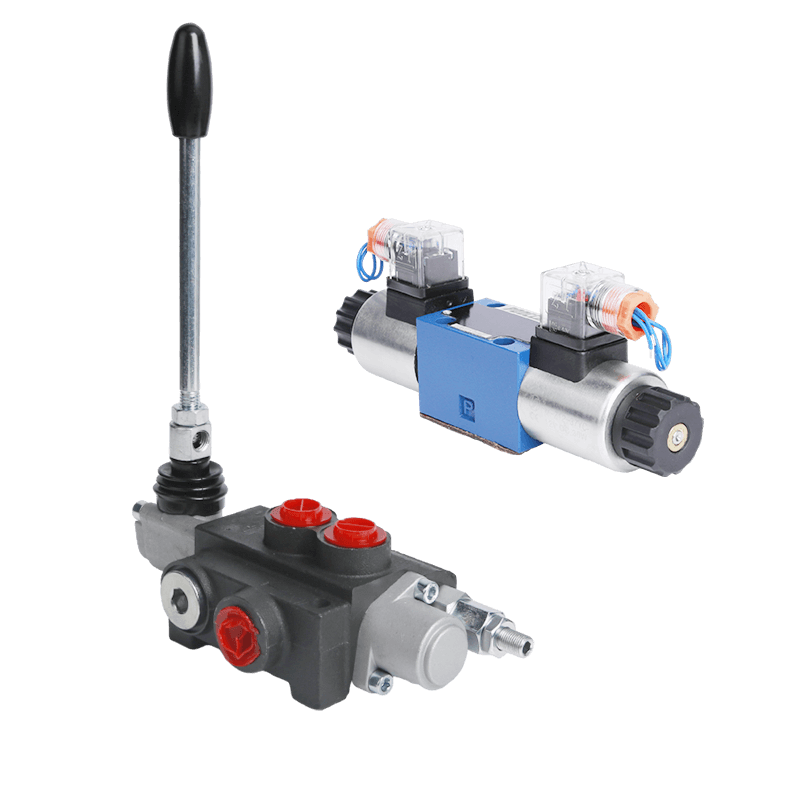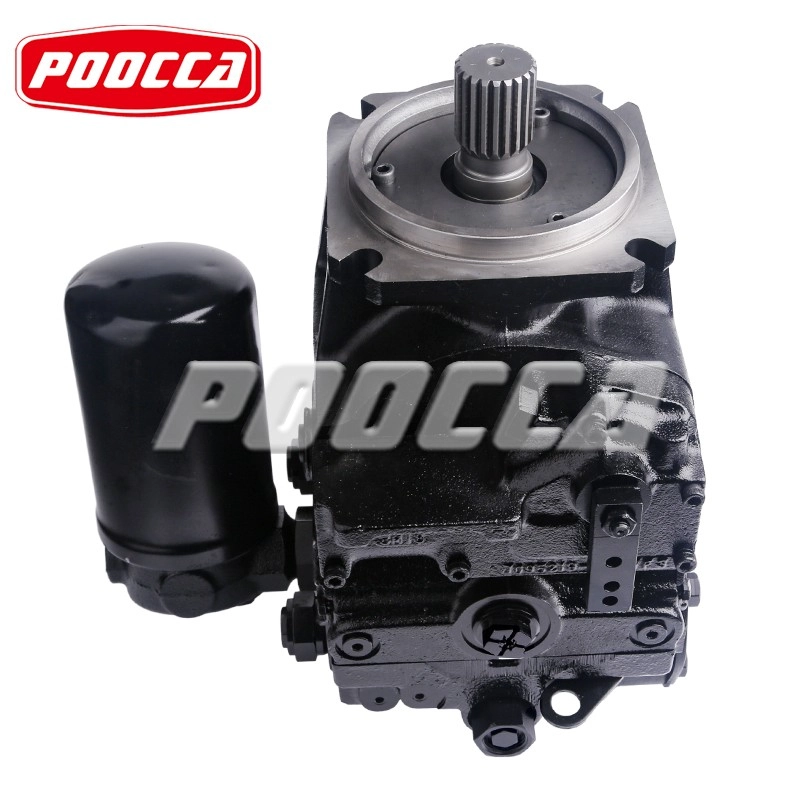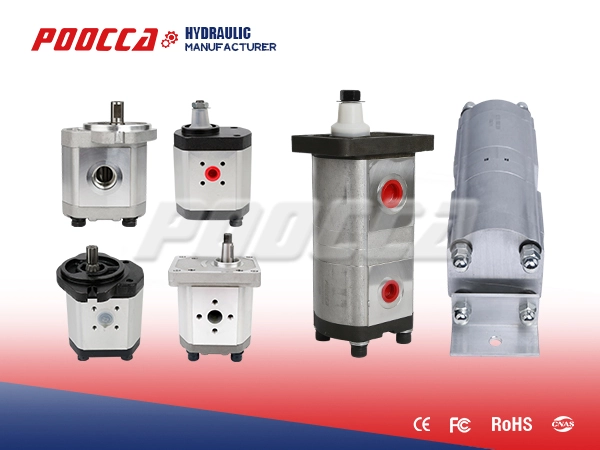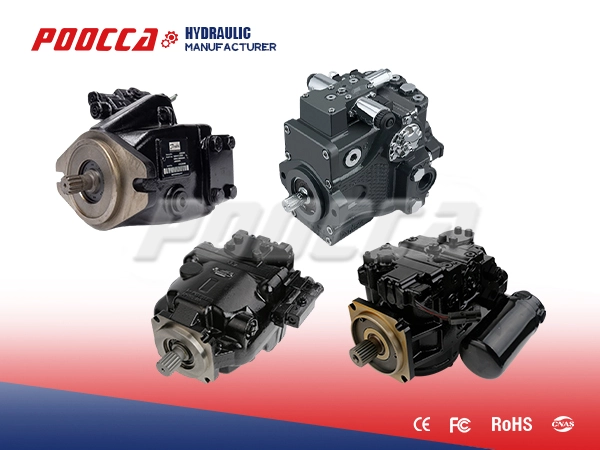Introduction to Danfoss Hydraulic Pumps and Replacement Parts
Danfoss hydraulic pumps serve as vital elements in industrial and mobile setups. They’re prized for their effectiveness, toughness, and accuracy. These units function under intense force. Thus, they demand careful upkeep to hold top output. Over months or years, even the sturdiest Danfoss pumps show signs of strain. This calls for prompt swaps of Danfoss hydraulic pump parts. Such action stops breakdowns and pricey delays.
Why Timely Replacement of Parts Matters
A hydraulic setup’s strength rests on its pieces’ condition. Tired or broken bits can weaken liquid movement. They might also upset force steadiness. In the end, this risks pump collapse. Swapping worn items ahead of time boosts dependability. Plus, it cuts future expenses by shielding linked parts from harm. Choosing top-notch replacement pieces keeps Danfoss pumps running smoothly. This also guards the safety and lifespan of the whole system.
Waiting for a failure before acting—what we call reactive care—leads to surprise halts. It sparks costly urgent fixes too. Worse, it can hurt other key parts. On the flip side, planned swaps and early care shrink interruptions. They stretch the pump’s working years as well.
Overview of Danfoss Pump Architecture
Danfoss hydraulic pumps boast carefully crafted bits. These pieces team up to manage liquid flow and force. Each one holds a big job in handling volume shifts, keeping fluid pure, and ensuring easy motion. The main elements include the cylinder block, swashplate, valve plate, input shaft, bearings, seals, and relief valves. Knowing their roles and wear clues is crucial. It helps maintain system power and dodge early flops.
Core Mechanical Components in Danfoss Hydraulic Pumps
Cylinder Block: The Heart of the Pump
The cylinder block ranks as a top piece in a Danfoss hydraulic pump. It holds pistons and directs steady liquid shifts. This ensures slick, strong performance. Over time, though, cylinder blocks may show wear marks. Think scratches, drips, or uneven force. Such flaws can slow fluid flow. They hike friction too. If ignored, they might trigger pump ruin. Checking the cylinder block often keeps wear from hurting output.
Valve Plate & Swashplate: Precision Control
The valve plate and swashplate pair up to steer liquid volume and balance force inside the pump. The swashplate guides piston travel. This shapes the pump’s flow strength. When either wears out, the pump might act oddly. It could overheat or get loud. Proper oiling and quick part swaps keep control sharp. This also avoids pricey system hiccups.
Input Shaft & Displacement Piston: Power Transmission
The input shaft carries energy from the motor to the hydraulic pump. It kicks off liquid movement. Then, the displacement piston fine-tunes how much fluid shifts per turn. If these bits misalign, crack, or wear too much, power slips away. This breeds waste and early breakdowns. High-grade Danfoss hydraulic pump parts fix alignment woes. They bring back the pump’s vigor too.
Sealing, Bearing, and Adjustment Systems
Bearings: Ensuring Smooth Operation
Bearings cut drag and back the spinning of pump pieces. In Danfoss pumps, they’re built to handle fierce pressure and nonstop work. Worn bearings show up as extra shakes, odd sounds, or heat spikes. Watching them closely and swapping them on time stops harm to nearby bits. It keeps things steady too.
O-rings, Gaskets, and Seals: Preventing Leaks
Sealing items—like O-rings, gaskets, and shaft seals—block hydraulic fluid escapes. Over years, heat, force swings, and chemical mixes wear them down. Picking prime replacement seals that match the pump’s fluid needs locks in tight fits. This halts losses from leaks.
Adjustment Rod: Fine-Tuning Performance
The adjustment rod in Danfoss pumps tweaks liquid flow and force precisely. If it gets worn or hurt, the pump’s quickness to force shifts might fade. This causes waste or shaky runs. Replacing it when wear shows keeps control spot-on. It steadies performance too.
Pressure Management and Structural Integrity
Relief Valve: Safeguarding Against Overpressure
The relief valve keeps force within safe bounds. It shields the pump from overpressure harm. A faulty one can let force climb too high. This risks wrecking the pump and tied-in pieces. Testing it often and swapping it when force wobbles protects the whole setup from big flops.
Housing: Protecting Internal Components
The pump housing gives backbone support. It shields inner bits from outside dirt too. Harsh settings can rust or crack it over time. This weakens the pump’s core. Regular checks and tough coatings ease these threats. Swapping badly hurt housings keeps the pump trusty.
When Should You Replace the Entire Danfoss Pump?
Assessing Cumulative Wear and Cost
Swapping single Danfoss hydraulic pump parts can stretch a pump’s life. Yet, sometimes a full swap makes more sense money-wise. If key bits—like the cylinder block, swashplate, and valve plate—wear heavily, part costs might near a new pump’s price. A deep cost-check helps decide if a total replacement wins out.
Upgrading vs. Repairing Older Models
Older Danfoss pump versions might lag behind newer ones in power savings. Their parts can be tricky to find too. Switching to a fresh model lifts energy use, trims upkeep costs, and fits systems better. But if the pump’s main frame still holds strong, rebuilding with prime parts works fine.
Sourcing Genuine Danfoss Hydraulic Pump Parts
Avoiding Counterfeit Components
The hydraulic field struggles with fake parts. These can hurt safety and output. Knockoffs often lack staying power, failing fast. To stay legit, buy Danfoss hydraulic pump parts from trusted sellers. Check certifications. Look at packaging for realness signs too.
POOCCA’s Custom Solutions for Danfoss Pumps
For firms needing solid Danfoss hydraulic pump parts, POOCCA crafts tailored fixes. They suit varied industry demands. With 15+ years in the game, POOCCA excels at precision-cut pieces, OEM-level swaps, and retrofits. These boost pump life and strength. Their skill in pumps, valves, and motors delivers quality answers. It cuts downtime and lifts gear output.
FAQs About Danfoss Hydraulic Pump Parts
How do I identify counterfeit Danfoss hydraulic pump parts?
Real Danfoss parts carry unique serial codes, solid packaging, and official tags. Stick to approved sellers to dodge fakes.
Can I mix OEM and aftermarket parts in my Danfoss pump?
Some aftermarket bits work with OEM ones. Still, match material grade, force limits, and size specs for smooth runs.
What’s the lifespan of a Danfoss pump swashplate?
It varies by use conditions. Watch for noise, force wobbles, or heavy wear to know when to swap it.
Is it cost-effective to rebuild a Danfoss pump with replacement parts?
If the housing, input shaft, and main bits stay solid, rebuilding with quality parts often beats buying new.
Keep your Danfoss pumps humming at top form with POOCCA’s finely made replacement parts and custom services. Reach out POOCCA crew for pro tips. Or browse our lineup to snag the right pieces for your hydraulic setup.

